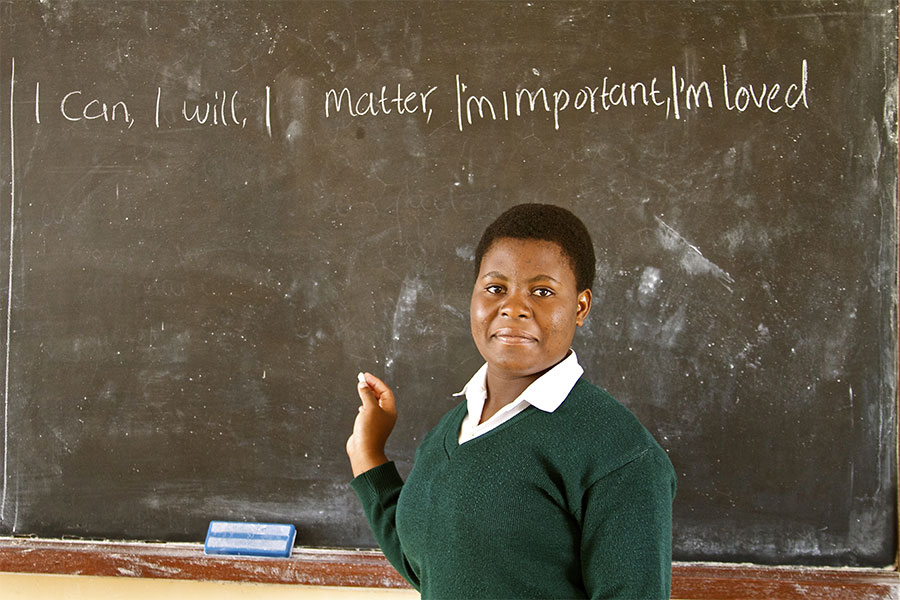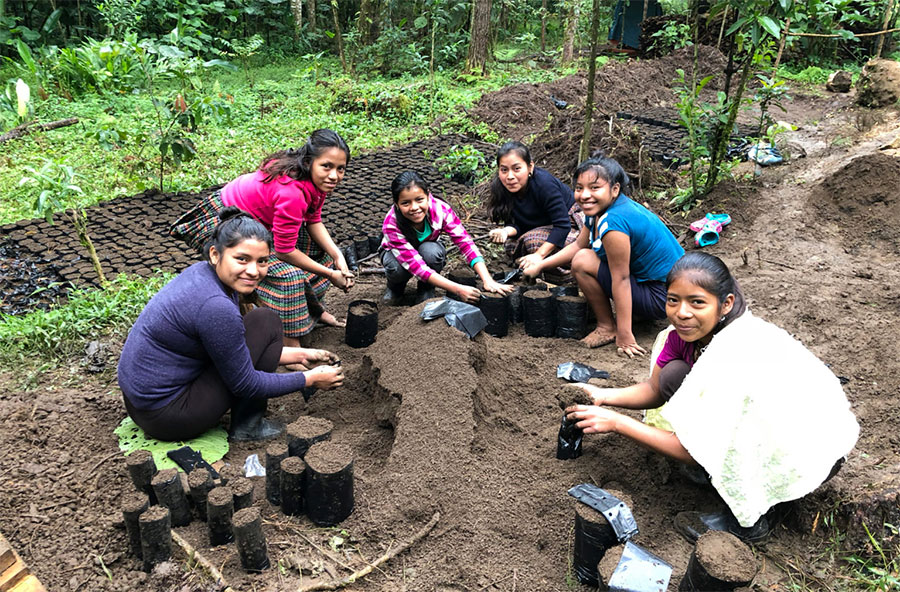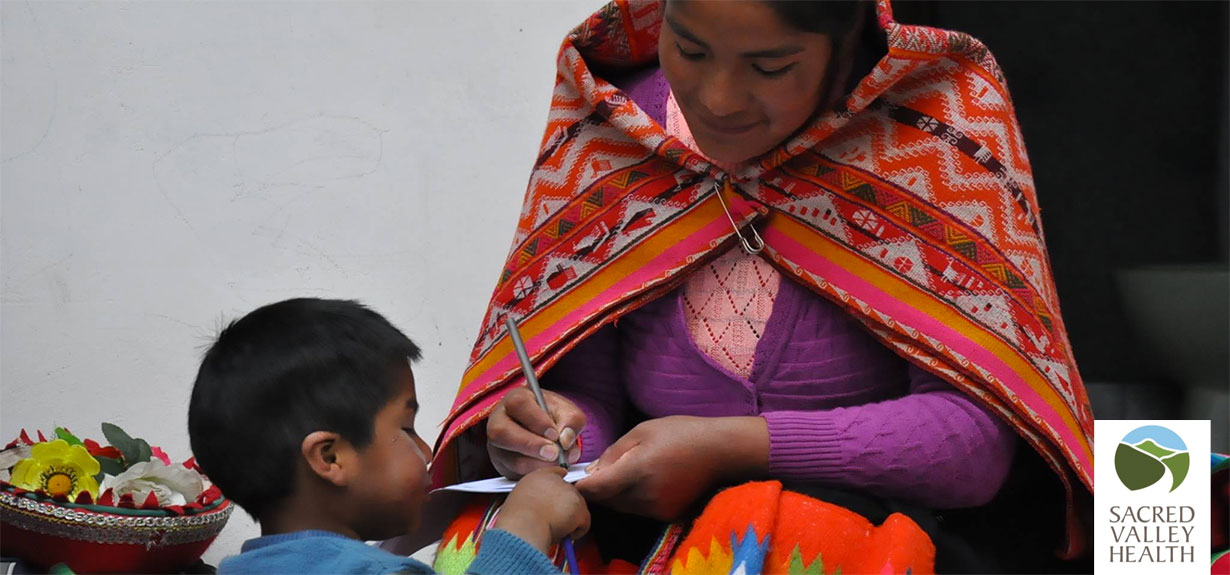Photo courtesy of Sacred Valley Health, Peru
Why decolonize your photography?
Pictures say a lot, but they don’t tell the whole story. Photos are incomplete narratives, thoughts, moments in time that are divorced from the larger context and the photographer has little agency in how something is interpreted once viewed. It is the viewer that interprets the photo. This interpretation can be positive and incite meaningful conversation but it can also be detrimental and damaging, reinforcing stereotypes and negative power dynamics.
Because photos are often disseminated without context and explanations, even the casual vacationer photographer should hold themselves accountable for not only what they take pictures of but how and why they chose to take those photos and share them. One of the best ways to engage in ethical photography is to question ourselves. Below are nine questions we encourage travelers to ask of themselves before they take a photo on their next trip.
Should I be in this space?
Sometimes we end up in places that we didn’t intend to. I have seen many tourists wander off a guided tour into places that are not meant for them. They might turn off into a residential alley away from the tour guide or step into a private yard where you can see into homes. These were not locations that were part of the walking tour and have a level of privacy or intimacy associated with them. And while what one is witnessing might seem unusual to them and worth capturing in a photo it might be something inappropriate to be shared from the prospective on the local community, such as a woman or girl without a hijab on. If you are not supposed to be there, don’t take a photo.
Should my camera be in this space?
While we pride ourselves in creating intimate and meaningful environments for exchanges with local communities, and people are invited to be there, it doesn’t mean that your camera should be there. Photos are disruptive and can commodify a moment and often, vulnerability and authentic exchange disappear the moment a camera is brought out. We need to prioritize and protect communities’ willingness to be open and vulnerable over our desire to capture a photo.

Do I have permission to take this picture?
You have to ask to get the answer to this question! That means inquiring verbally, with hand motions or through a local guide to get permission.
Have I offered the people in the photo a copy of the image?
If you happen to have a polaroid camera, offer a printed copy of the photo or ask if they want it emailed or mailed to them after you print it. It is only fair to share the images with those depicted.
Should I distribute this photo?
This depends on if you have permission from those who are in the photo to distribute it. You should explain how you want to distribute it and why. Are you publishing this photo, sharing it on social media or hanging it in an exhibit? Even if the answer is yes, you should still ask yourself, “who benefits from me sharing this photo?” If the person in the photo does not benefit from it, don’t share it.
Would I feel comfortable if the image was of me?
This is one of the most powerful questions we can ask. It requires us to use our shared humanity to navigate some of the ambiguity in this process of ethical photography.
Does this image tell a necessary or important story?
Pictures are only snapshots of a moment in time. There are a lot of unknown variables that the viewer of the photo has no context for. Because photos are often disseminated without context and explanations, we, the photographers, must hold ourselves accountable to the message it sends, whether or not it is intentional. Ask yourself, what is the story this photo tells? Can it be misinterpreted?

Photo courtesy of Nurturing Minds & SEGA Girls’ Secondary School, Tanzania
Does this image perpetuate or challenge stereotypes?
If you are struggling to understand if the story the photo captures could be perpetuating something negative, ask a trusted friend or family member what they see in the photo before sharing it. Be transparent about why you are asking for their opinion. Sometimes when the power dynamics are uneven and the photographer is a beneficiary of that power, we don’t see how we are exercising negative power dynamics through our photos.
Are the people recognizable in the photo?
Many times we think we can get away with not asking for permission especially if the photo is taken from far away or we can’t recognize the people in the photo. When the faces in photos are not easily recognizable we still need to examine if the photo falls into the “zooification” imagery that is scattered and shared routinely around the globe. Does this photo “otherize” a group of people? Are the people framed as objects of curiosity rather than people with humanity? Photos that commodify people into objects to be viewed rather than help educate, elicit understanding, galvanize support or rejoice in celebration can do unimaginable harm to communities and to our larger global context world peace, human rights and cooperation.

Photo courtesy of Community Cloud Forest Conservation, Guatemala
In conclusion, the damage from a photo doesn’t manifest itself immediately but it can be significant and long lasting. We must consider our impact with photography and aim for more positive or neutral imagery. We need to increase equality between the subjects and the photographer. We need to nurture trusting, open relationships so people are not afraid to say no to someone taking their photo and distributing it. We need to use our imagery to challenge stereotypes, shift expectations and improve our own observational skills set as we tune into what we are doing with more scrutiny and compassion.
One of the best tools we have seen to help our travelers navigate the ethics of travel photography is fromRADI-AID and their social media toolkit. We encourage you to view this short video and check out their guidebook on ethical photography!
If you are looking to take this practice further check out this online course on Ethical Photographyby Photography Without Borders and their 5 steps to an Ethical Photography Practice.
About The Author: Katherine Redington strategizes, organizes, and runs social impact journeys for nonprofits, foundations, and CSR groups around the world. With a portfolio of over 150 journeys in some of the most complex areas of the globe she has honed her ability to implement journeys that address sensitive topics ethically and seamlessly. To learn more about these services please reach out to katherine@elevatedestinations.com.

